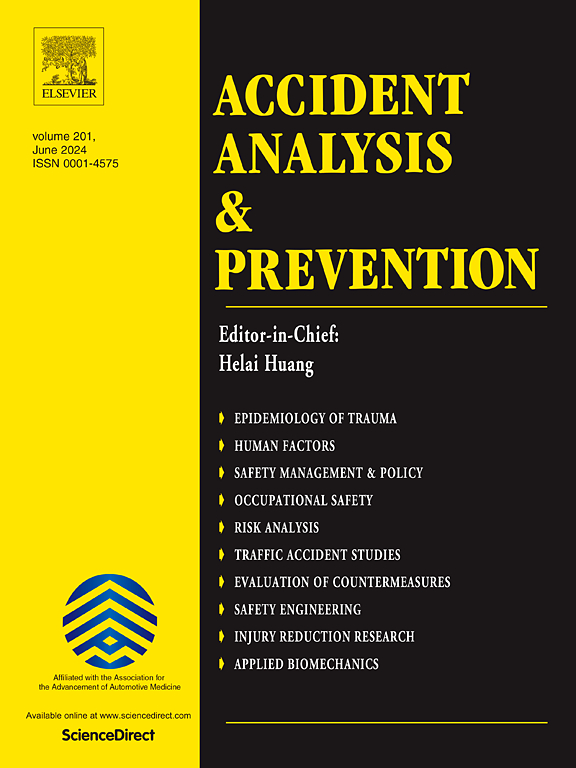A review of scenario cases for autonomous transportation system: Insights from CAV safety testing and scenario generation
IF 5.7
1区 工程技术
Q1 ERGONOMICS
引用次数: 0
Abstract
Ensuring the reliability and trustworthiness of connected and automated vehicle (CAV) technologies is crucial before their widespread implementation. Instead of focusing solely on the automation levels of individual vehicles, it is essential to consider the autonomous operations of the entire autonomous transportation system (ATS) to achieve automated traffic. However, designing and generating scenarios that unify the diverse properties of CAV testing and establish mutual trust among stakeholders pose significant challenges. Previous studies have predominantly focused on the automation levels of CAVs when characterizing scenarios, neglecting the autonomous level of the entire scenario from an ATS perspective. Moreover, there remains research potential in evaluating whether the testing scenario libraries can be effectively integrated into the CAV testing process. In this paper, we propose a grading framework for traffic scenarios based on autonomous levels in the ATS. We also classify and summarize the traffic scenarios used in CAV safety testing. Through a comprehensive literature review, we identify prevailing issues and patterns in scenario design and provide insights and directions for future research in this field.
确保互联和自动驾驶汽车 (CAV) 技术的可靠性和可信度对于其广泛应用至关重要。要实现自动交通,就必须考虑整个自动交通系统(ATS)的自动运行,而不是仅仅关注单个车辆的自动化水平。然而,设计和生成能够统一 CAV 测试的不同属性并在利益相关者之间建立互信的场景,是一项重大挑战。以往的研究在描述场景时主要关注 CAV 的自动化水平,而忽视了从 ATS 角度看整个场景的自主水平。此外,在评估测试场景库是否能有效融入 CAV 测试流程方面仍存在研究潜力。在本文中,我们提出了一个基于 ATS 中自主水平的交通场景分级框架。我们还对 CAV 安全测试中使用的交通场景进行了分类和总结。通过全面的文献综述,我们发现了场景设计中的普遍问题和模式,并为该领域的未来研究提供了见解和方向。
本文章由计算机程序翻译,如有差异,请以英文原文为准。
求助全文
约1分钟内获得全文
求助全文
来源期刊

Accident; analysis and prevention
Multiple-
CiteScore
11.90
自引率
16.90%
发文量
264
审稿时长
48 days
期刊介绍:
Accident Analysis & Prevention provides wide coverage of the general areas relating to accidental injury and damage, including the pre-injury and immediate post-injury phases. Published papers deal with medical, legal, economic, educational, behavioral, theoretical or empirical aspects of transportation accidents, as well as with accidents at other sites. Selected topics within the scope of the Journal may include: studies of human, environmental and vehicular factors influencing the occurrence, type and severity of accidents and injury; the design, implementation and evaluation of countermeasures; biomechanics of impact and human tolerance limits to injury; modelling and statistical analysis of accident data; policy, planning and decision-making in safety.
 求助内容:
求助内容: 应助结果提醒方式:
应助结果提醒方式:


